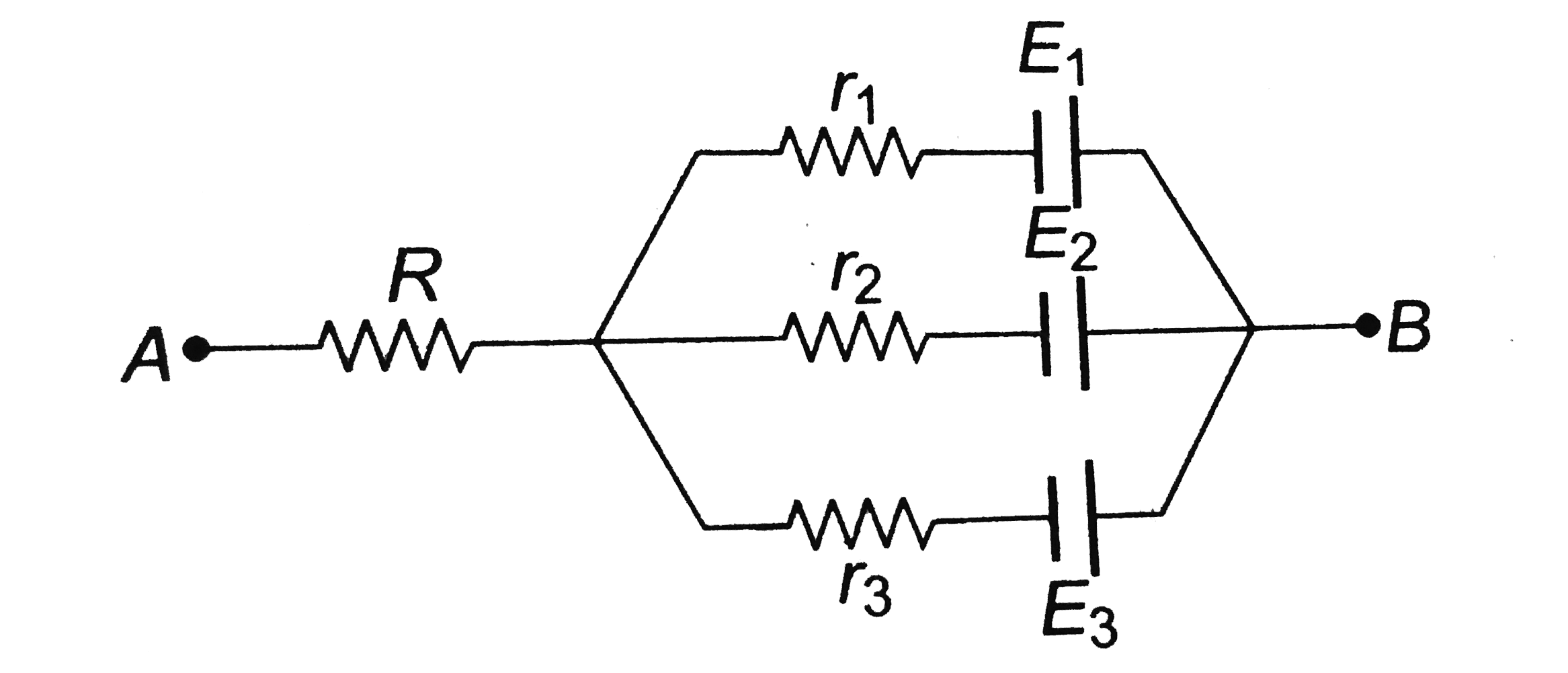Name the types of interaction or intermolecular forces of which potential energy-distance function are given below
(a) E∝1r (b) E∝1r2 (c ) E∝1r3
(d) E∝1r4 (e) E∝1r6 .
(a) Ionic
Ion -dipole (non van der Waals forces)
(c ) Dipole -dipole (non van der Waals forces)
(d) Ion -induced dipole or London dispersion forces or instantaneous dipole -induced dipole (all van der Waals forces) .
Topper's Solved these Questions
- BOOK - CENGAGE CHEMISTRYCHAPTER - CHEMICAL BONDING AND MOLECULAR STRUCTUREEXERCISE - Exercises Linked Comprehension43videos
CHEMICAL BONDING AND MOLECULAR STRUCTURE
- BOOK - CENGAGE CHEMISTRYCHAPTER - CHEMICAL BONDING AND MOLECULAR STRUCTUREEXERCISE - Exercises Multiple Correct(Chemical Bonding )7videos
CHEMICAL BONDING AND MOLECULAR STRUCTURE
- BOOK - CENGAGE CHEMISTRYCHAPTER - CHEMICAL BONDING AND MOLECULAR STRUCTUREEXERCISE - Ex 2 .2 Subjective (Molecular Orbital Theory)4videos
CHEMICAL BONDING AND MOLECULAR STRUCTURE
- BOOK - CENGAGE CHEMISTRYCHAPTER - ATOMIC STRUCTUREEXERCISE - Concept Applicationexercise(4.3)19videos
ATOMIC STRUCTURE
- BOOK - CENGAGE CHEMISTRYCHAPTER - CHEMICAL EQUILIBRIUMEXERCISE - Archives (Subjective)11videos
CHEMICAL EQUILIBRIUM
Similar Questions
Knowledge Check
- Question 1 - Select One
Which of the following is correct regarding Bohr's theory for hydrogen like atoms in nth orbit
Time period : Tn=2πrnvn
Kn=−En:Un=2En
rn∝n2Z,vn∝Zn,Tn∝n3Z2,En∝Z2n2
Angular momentum is independent of ZA(i), (ii), (iii)B(i),(ii),(iv)C(i), (iii),(iv)Dall - Question 2 - Select One
Match the type of interaction in column A with the distance dependence of their interaction energy in column B :
AB(I)ion-ion(a)1r(II)dipole-dipole(b)1r2(III)London dispersion(c)1r3(d)1r6A(I)-(a), (II)-(b), (III)-(d)B(I)-(a), (II)-(b), (III)-(c)C(I)-(a), (II)-(c), (III)-(d)D(I)-(a), (II)-(c), (III)-(b) - Question 3 - Select One
In the network shown the potential difference between A and B is (R=r1=r2=r3=1Ω,E1=3V,E2=2V,E3=1V)
 A1VB2VC3VD4V
A1VB2VC3VD4V
The energy of an electron in the nth Bohr orbit of hydrogen atom is
View SolutionAssume that the force of gravitation F∝1rn . Then show that the orbital speed in a circular orbit of radius r is proportional to 1r(n−1)/2 , while its period T is proportional to r(n+1)/2
View SolutionThe electirc potential between a proton and an electron is given by V=V0∈rr0 , where r_0 is a constant. Assuming Bhor model to be applicable, write variation of rn with n, being the principal quantum number. (a) rn∝n (b) rn∝1n (c ) r2n (d)rn∝1n2
View Solutionlet f:R→R be a continuous function defined by f(x)=1ex+2e−x
View SolutionColumn I shows charge distribution and column II shows electrostatic field created by that charge at a point r distance from its centre.
(,Column I ,,Column II),((A),A stationary point charge,(p),E prop r^(0))),((B),A stationary uniformly long charge rod,(q),Eprop r^(1)),((C ),Astationarye≤ctricdipo≤,(r ),E∝r⋅−1),(s),E∝r−2),(,,(t),E∝r−3):}View Solution

